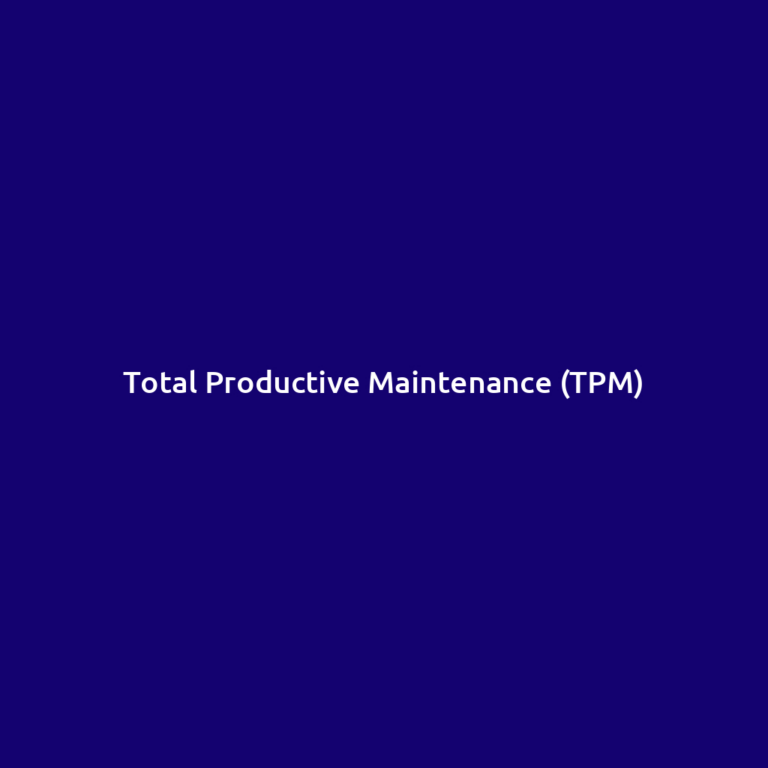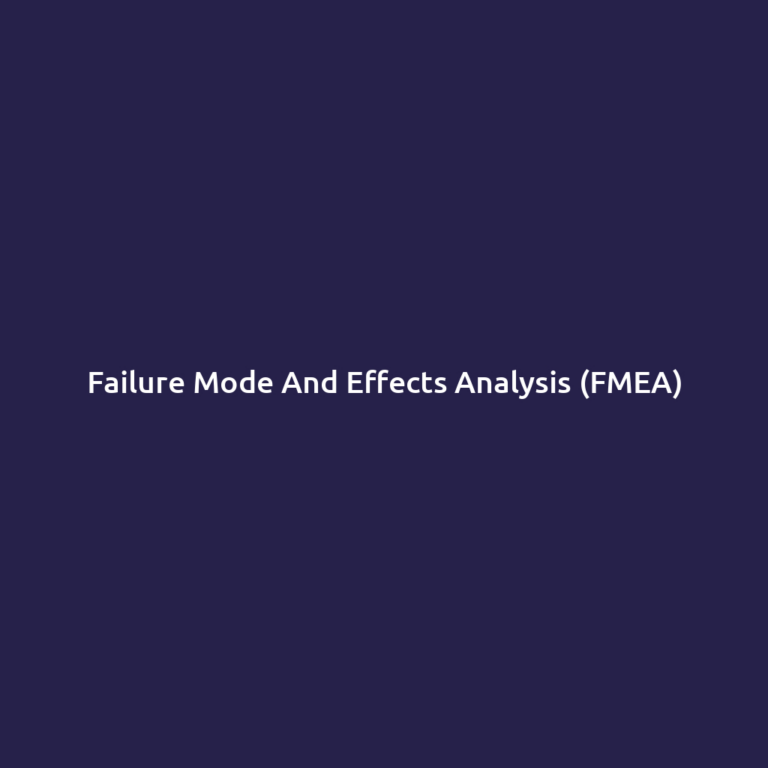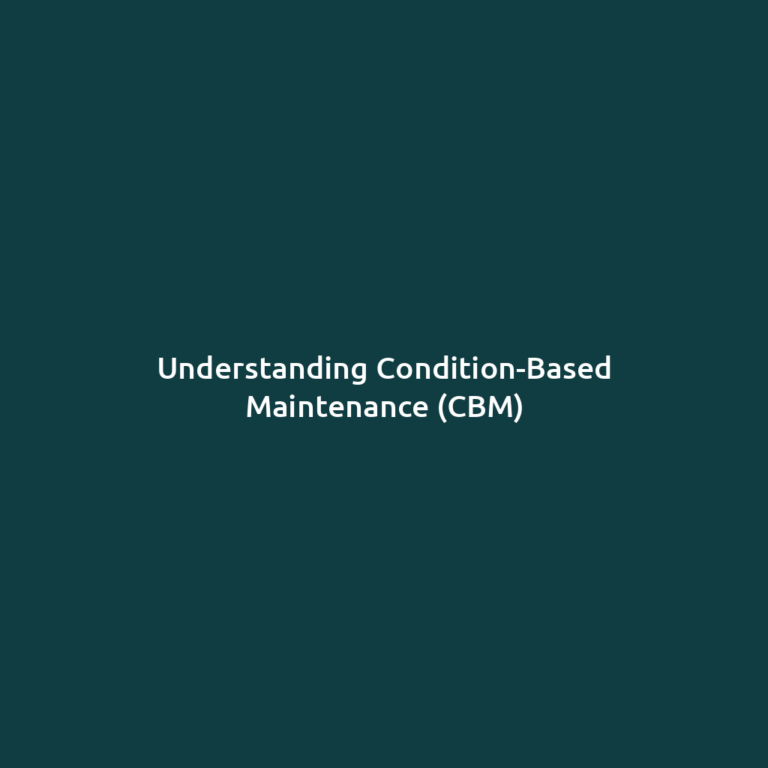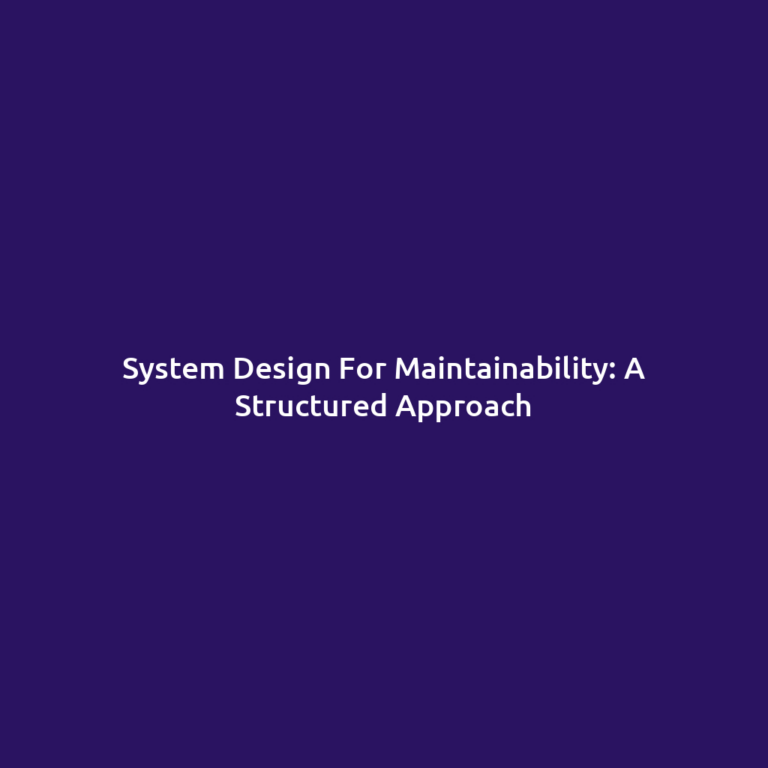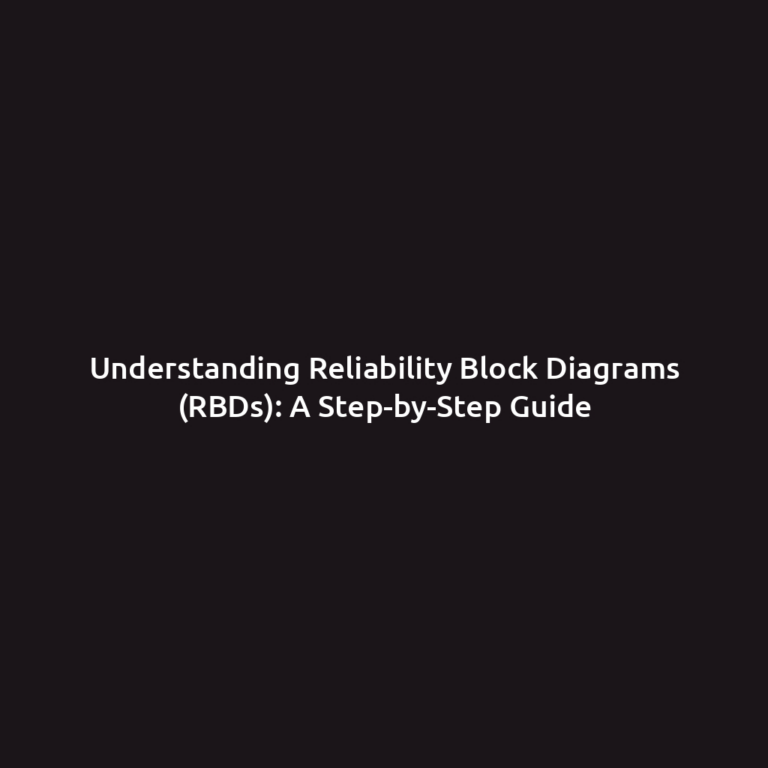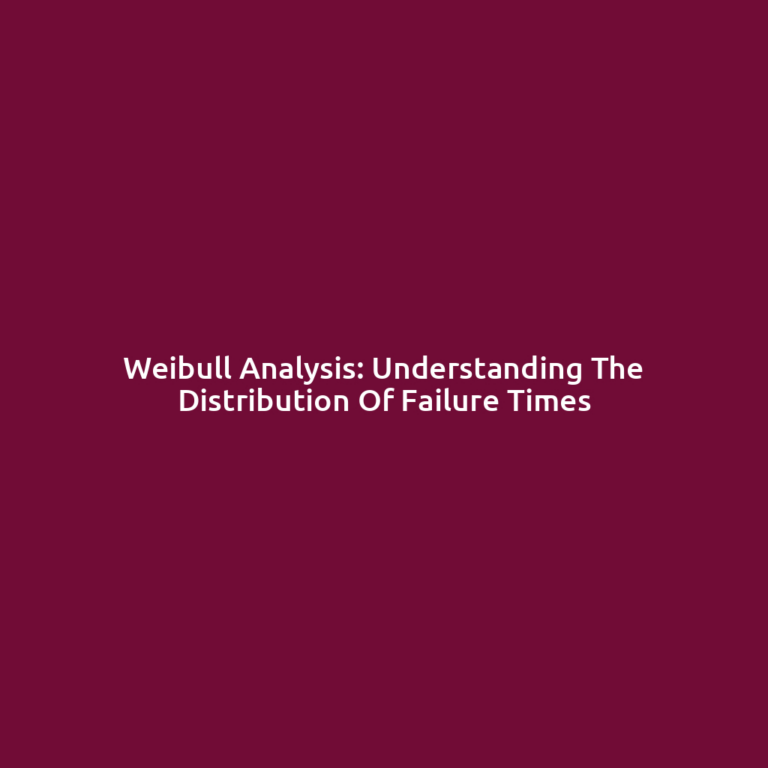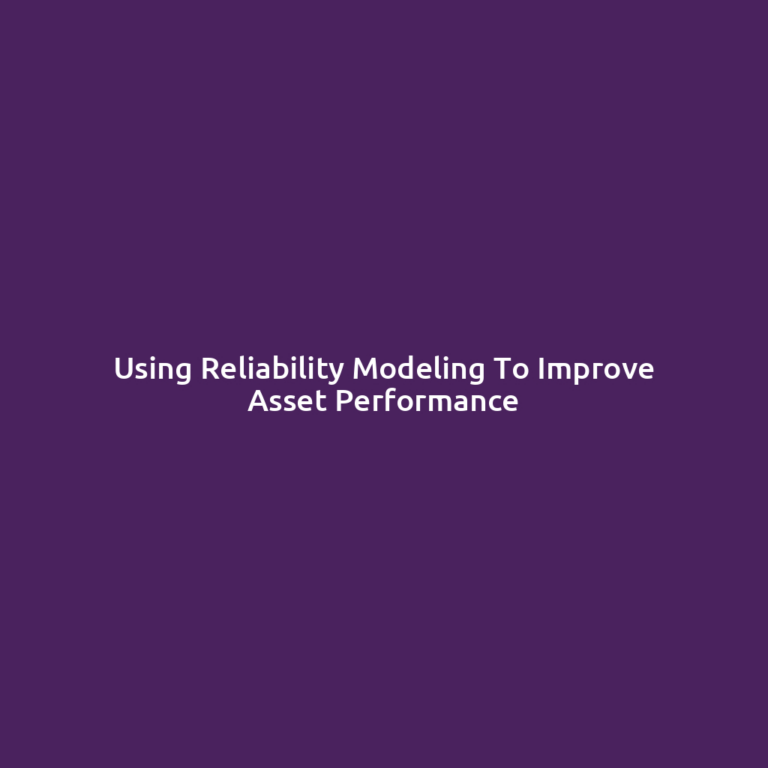Maintenance Strategies for Automated Manufacturing Plant
Maintenance strategies for automated manufacturing plants are the backbone of modern industrial efficiency. Imagine walking into a factory where robots tirelessly assemble products with incredible precision, only to realize that a single glitch in the system could bring everything to a halt. This is where robust maintenance strategies step in, ensuring seamless operations and minimizing…


